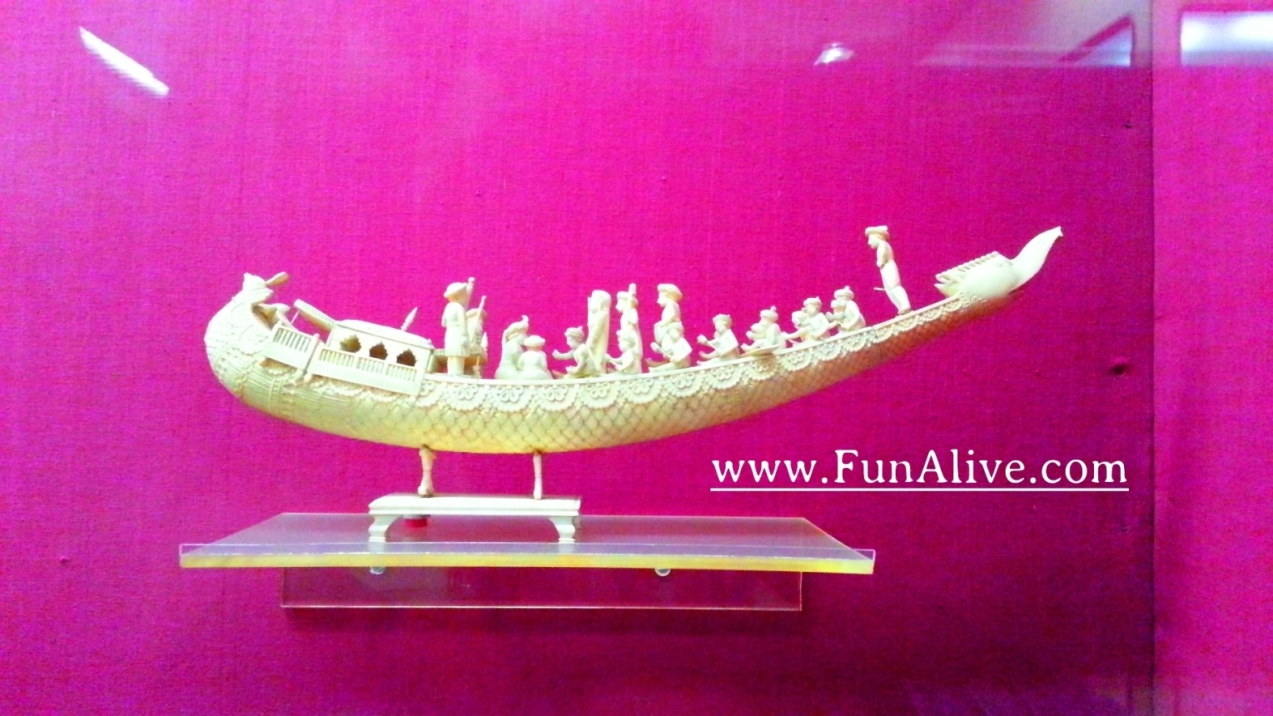Centuries Old Ancient Ivory Carvings Gallery From All Around The World
Ivory is a term usually employed to particularize the tusk of the elephant.

India which has high traditions in ivory carving right from Indus civilization is represented by carved ivory figures from Assam; chessmen, small toys, household articles from Lucknow; intricately carved lamp shade, religious figures, woven ivory mat and replicas of the historical sites from Mysore, all of 19th and 20th centuries.
The Salar Jung Museum has a good collection of ivory carvings from different parts of the world. The collection of ivory gives an excellent idea of ivory as a medium of plastic art.
17th, 18th, 19th and 20th Centuries Ivory Carvings Gallery From All Around The World - Video-1
Source : FunAlive TV
Experts say that the Chinese have been carrying on ivory carving for more than 3000 years. The Museum’s Chinese ivories of late 18th and 19th centuries include serene human figures. Vividly portrayed birds and other creatures and the intriguing Cantonese concentric balls-ball with in ball affairs.
The chessmen, chausar sets of Ivory in the collection form an interesting group. Amongst the objects of European ivory carvings, a set of our ivory chairs said to have been presented by Louis XVI of France to Tipu Sultan of Mysore deserves special mention.
Ancient Ivory Carvings Art Gallery From All Around The World - Video-2
Source : FunAlive TV
The collection of carved paper cutters also forms a splendid group. The large size paper cutter catches the attention of the onlooker. Apart from the above, there are also procession scenes, delicately carved boxes, fly whisks, figures of animals and bedsteads.
The Japanese, though late entrants in the field of ivory carving, show themselves as expert carvers the proof borne our by the their delicately carved figures painted with designs in gold lacquer and realistic representation of shrines preserved in the Museum.


